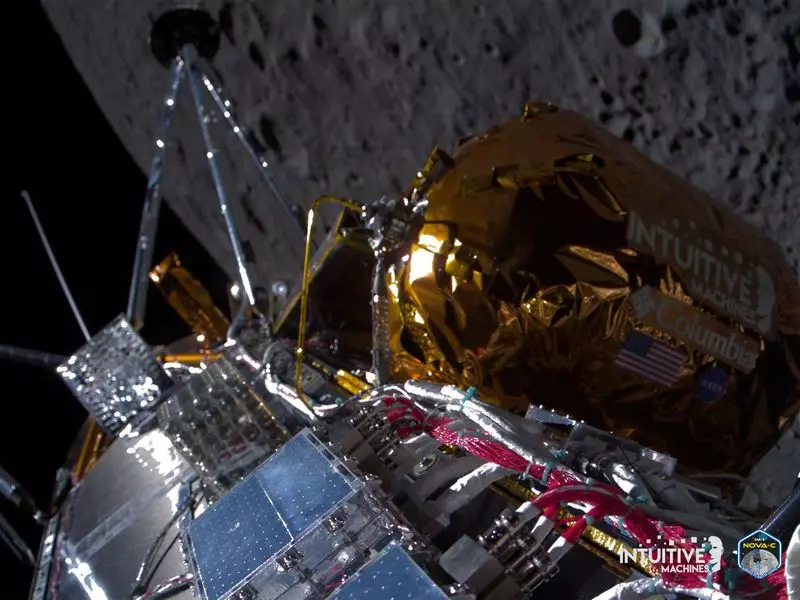The premature end of the private U.S. moon lander Odysseus mission, just five days after touchdown, was a result of testing shortcuts and human error, according to Intuitive Machines. The company admitted to skipping a crucial test firing of the laser system in order to save time and money during pre-flight checks at NASA’s Kennedy Space Center. This decision led to the failure of the laser-guided range finders designed to feed essential data to the lander’s autonomous navigation system.
As a consequence of the shortened lifespan of Odysseus, it is uncertain how much scientific data may have been lost. Originally planned to operate on the moon for seven to ten days, the mission’s early termination raises concerns about the potential impact on research and mission objectives. This unexpected turn of events has highlighted the importance of thorough testing and proper procedures in space exploration missions.
Following the loss of the range finders, engineers had to improvise a solution to avoid a crash landing on the moon’s surface. The software “patch” implemented by the company may have contributed to the spacecraft’s sideways landing, raising questions about the effectiveness of the ad-libbed navigational strategy. Despite the challenges faced during the mission, the swift response and problem-solving skills of the engineering team were commendable.
Odysseus encountered further obstacles after landing, with its solar panels partially obstructed due to the sideways posture of the lander. This limited exposure to sunlight hindered the recharging of the batteries, while two antennae pointed towards the ground impeded communications with the spacecraft. The unintended landing position and operational setbacks underscore the complexities of lunar missions and the need for comprehensive planning.
The premature end of the Odysseus mission serves as a valuable learning opportunity for the space industry, highlighting the risks and challenges associated with space exploration. While setbacks are inevitable in pioneering endeavors, it is crucial to identify areas for improvement and implement corrective measures in future missions. The experience gained from Odysseus will inform future lunar exploration efforts and contribute to the success of upcoming missions under NASA’s Artemis program.
The premature end of the Odysseus moon lander mission sheds light on the importance of rigorous testing, adherence to protocols, and effective problem-solving in space exploration. Despite the setbacks faced during the mission, valuable insights have been gained that will shape the future of lunar exploration and advance our understanding of the challenges posed by extraterrestrial environments. As we reflect on the journey of Odysseus, we are reminded of the resilience and ingenuity of the human spirit in the pursuit of scientific discovery and exploration beyond Earth’s boundaries.

